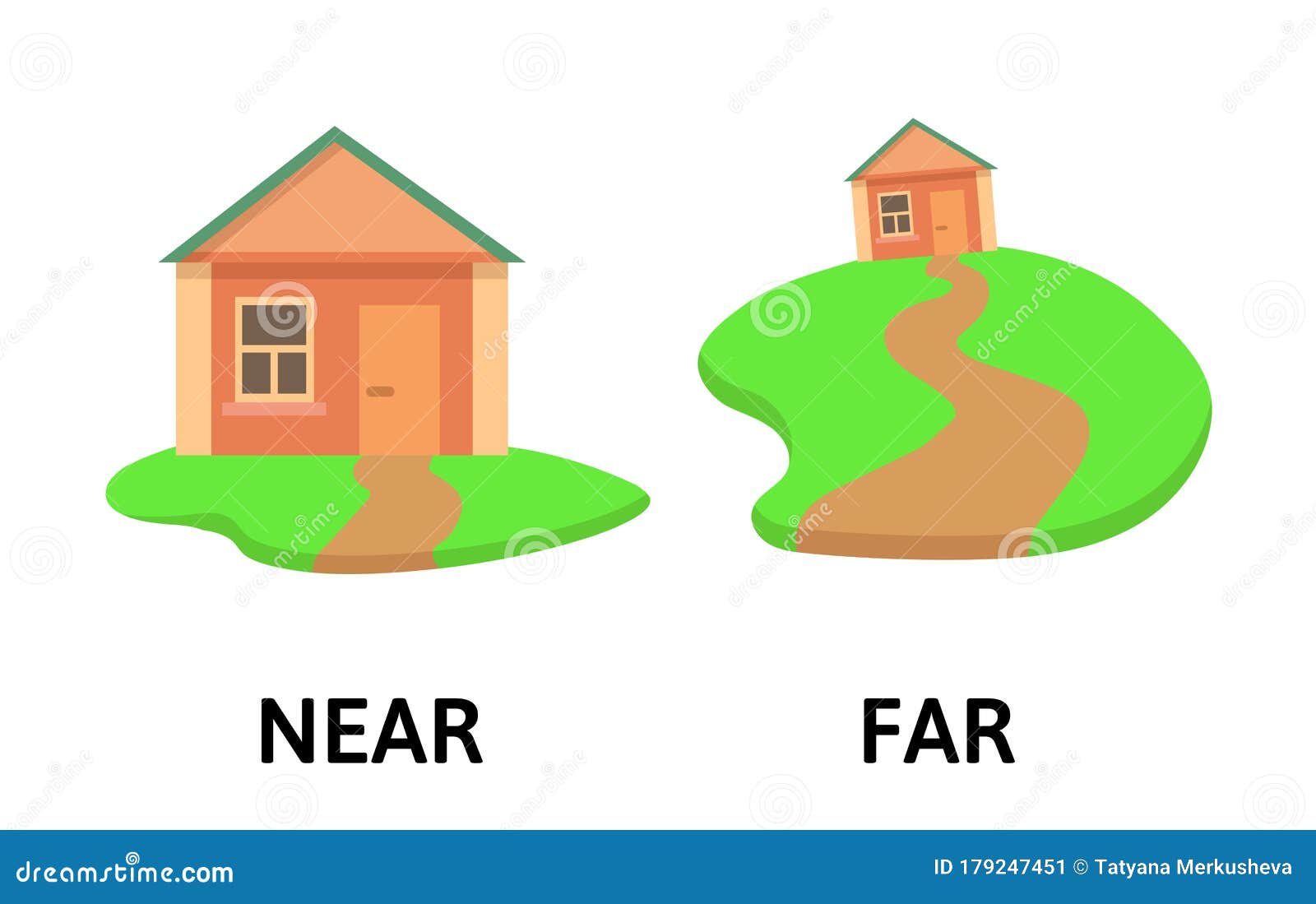Understanding MAHA in Politics: The Rise and Impact of ‘Make America Healthy Again’
What Does “MAHA” Mean in Politics?
The acronym MAHA stands for Make America Healthy Again . In the context of American politics, it represents a populist political movement and policy agenda focused on public health, environmental sustainability, and government accountability. The slogan is a deliberate adaptation of the well-known ‘Make America Great Again’ phrase, but with an emphasis on reversing what its proponents describe as a chronic illness crisis in the United States [1] [2] .
Origins and Leadership of the MAHA Movement
The MAHA movement originated as a reaction to rising rates of chronic disease and growing concerns about the influence of corporations on American health policy. Its most prominent leader is Robert F. Kennedy Jr. , who, after suspending his independent presidential run in 2024, endorsed Donald Trump and was later appointed Secretary of Health and Human Services in the second Trump administration [1] [2] . The movement gained traction by uniting health reform advocates, independent voters, and segments of the MAGA base under a shared emphasis on preventive health and skepticism toward established medical and food industry practices.
Core Beliefs and Policy Proposals
At its core, MAHA asserts that a chronic illness epidemic is fueled by environmental exposures, processed foods, additives, and what it sees as insufficiently scrutinized pharmaceutical interventions. Key beliefs and proposals include:

Source: youtube.com
- Promoting natural and minimally processed foods by reducing artificial additives and encouraging “clean eating” habits.
- Reevaluating pediatric health protocols, with a focus on vaccine schedules and the role of environmental toxins in childhood health conditions.
- Challenging corporate influence in both the food and pharmaceutical industries, advocating for stricter regulation and greater transparency.
- Calling for government-led realignment of food, health, and scientific systems to prioritize prevention and resilience over reactive treatment [4] .
While these positions attract significant public support, especially from individuals skeptical of mainstream health policies, many public health experts and organizations have criticized aspects of the movement for departing from established scientific consensus on vaccination and chronic disease causation [1] .
How MAHA Became a Political Force
MAHA’s popularity soared during the 2024 election cycle. Its advocacy was amplified through the activities of the Make America Healthy Again (MAHA) PAC , which raised funds and organized grassroots campaigns to support candidates and policies aligned with the movement’s vision [3] [5] . The PAC’s leadership includes former senior advisors to RFK Jr., and it played a pivotal role in shaping debates around public health and environmental regulation.
The movement gained further legitimacy when federal policy statements-such as those published by the White House in 2025-emphasized childhood health, food system reform, and government accountability as national priorities [4] .
Practical Steps to Get Involved with the MAHA Movement
If you are interested in supporting or learning more about MAHA’s platform, here are several actionable pathways:
- Follow Official MAHA Communications : The official MAHA PAC website regularly posts updates, policy proposals, and opportunities to participate in advocacy efforts. To stay informed, regularly visit their official website or search for “Make America Healthy Again PAC” using reputable search engines.
- Contribute to MAHA Advocacy : MAHA PAC accepts donations to fund outreach and lobbying efforts. Contributions can be made via the verified MAHA PAC portal, as listed on the Federal Election Commission’s committee registry [5] .
- Attend Public Forums and Events : Community meetings, webinars, and town halls are periodically held by MAHA advocates and public officials. To find upcoming events, search for “MAHA movement public events” or follow RFK Jr.’s official public communications on established platforms.
- Engage with Policymakers : You can contact your congressional representatives and ask about their positions on MAHA-related issues. When reaching out, reference specific MAHA policy proposals or White House reports to facilitate productive dialogue.
For those seeking to learn more about the scientific debates underpinning MAHA positions, consult sources such as federal health agencies (CDC, NIH) and independent academic institutions.
Examples of MAHA in Action
Since its rise, MAHA has influenced several major public health initiatives. For example, the White House’s 2025 “Make Our Children Healthy Again” report outlined steps to reduce childhood chronic disease through prevention, food system reform, and targeted scientific research [4] . At the grassroots level, MAHA supporters have organized campaigns for cleaner school lunches and local bans on certain food additives, showing the movement’s broad appeal and capacity for mobilization.
Challenges and Criticisms
Despite its rapid growth, MAHA faces significant opposition. Critics argue that some of its health claims lack sufficient scientific backing, especially regarding vaccine safety and the causes of autism. Mainstream medical organizations have cautioned against adopting policies that could undermine established vaccination programs or spread misinformation about chronic illness causation [1] . Moreover, MAHA’s anti-corporate rhetoric has prompted debate over the balance between regulatory reform and continued innovation in food and health industries.
Alternative Approaches and How to Find Reliable Information
For those who are skeptical of MAHA’s claims or want to compare viewpoints, it is advisable to:
- Review statements and reports from established health authorities, such as the Centers for Disease Control and Prevention (CDC) and the National Institutes of Health (NIH).
- Consult peer-reviewed scientific literature on public health, food safety, and environmental health topics.
- Seek balanced news coverage from reputable media organizations for analysis of MAHA-related developments.
If you want to access official government information on contemporary health policy, visit the official websites of the Department of Health and Human Services or search for “chronic disease prevention programs, U.S. government” to find current initiatives and guidance.
Summary and Key Takeaways
In summary, “MAHA” in politics refers to a movement and policy agenda focused on revitalizing America’s approach to health through prevention, regulatory reform, and citizen advocacy. While it has inspired passionate support and notable policy shifts, it also faces substantial criticism from public health experts. To participate or learn more, engage with both advocacy organizations and official health agencies, and always seek information from verified, credible sources.

Source: confusedwords.org
References
- [1] Wikipedia (2024). Make America Healthy Again.
- [2] BGRDC (2025). The MAHA Movement and the Trump Agenda.
- [3] Make America Healthy Again PAC. Official Site.
- [4] The White House (2025). MAHA – Make Our Children Healthy Again.
- [5] Federal Election Commission (2025). MAKE AMERICA HEALTHY AGAIN (MAHA) PAC.



